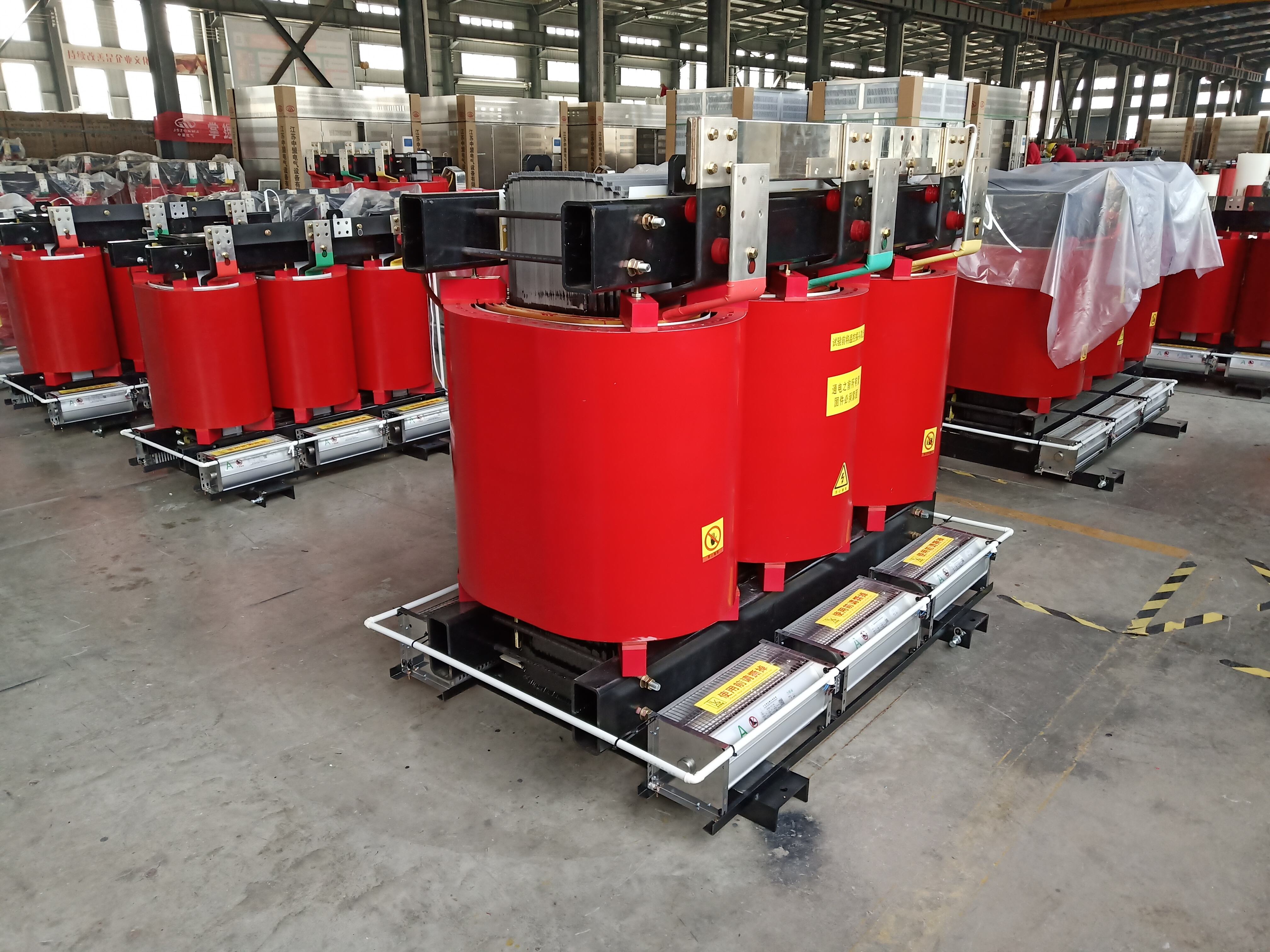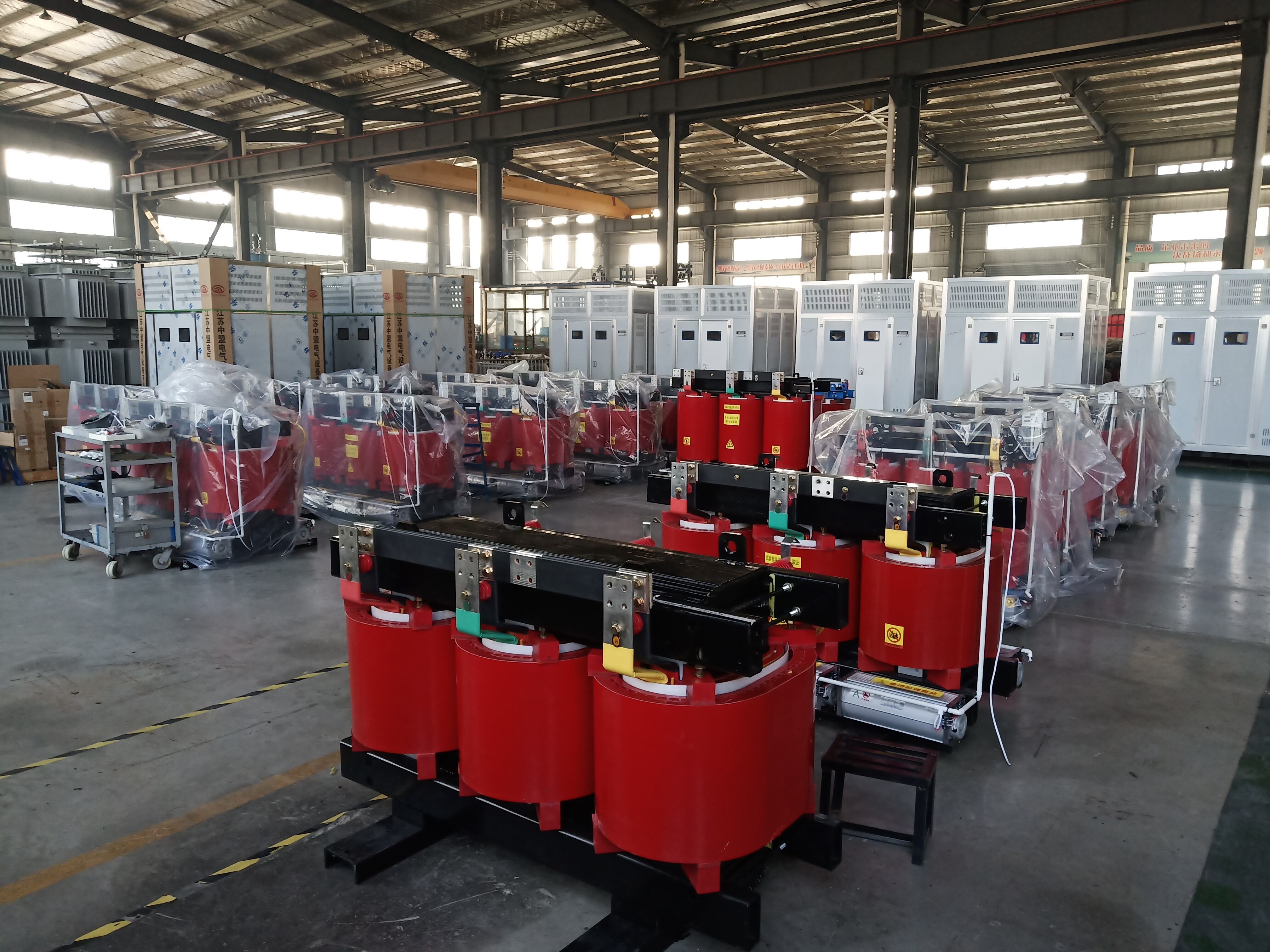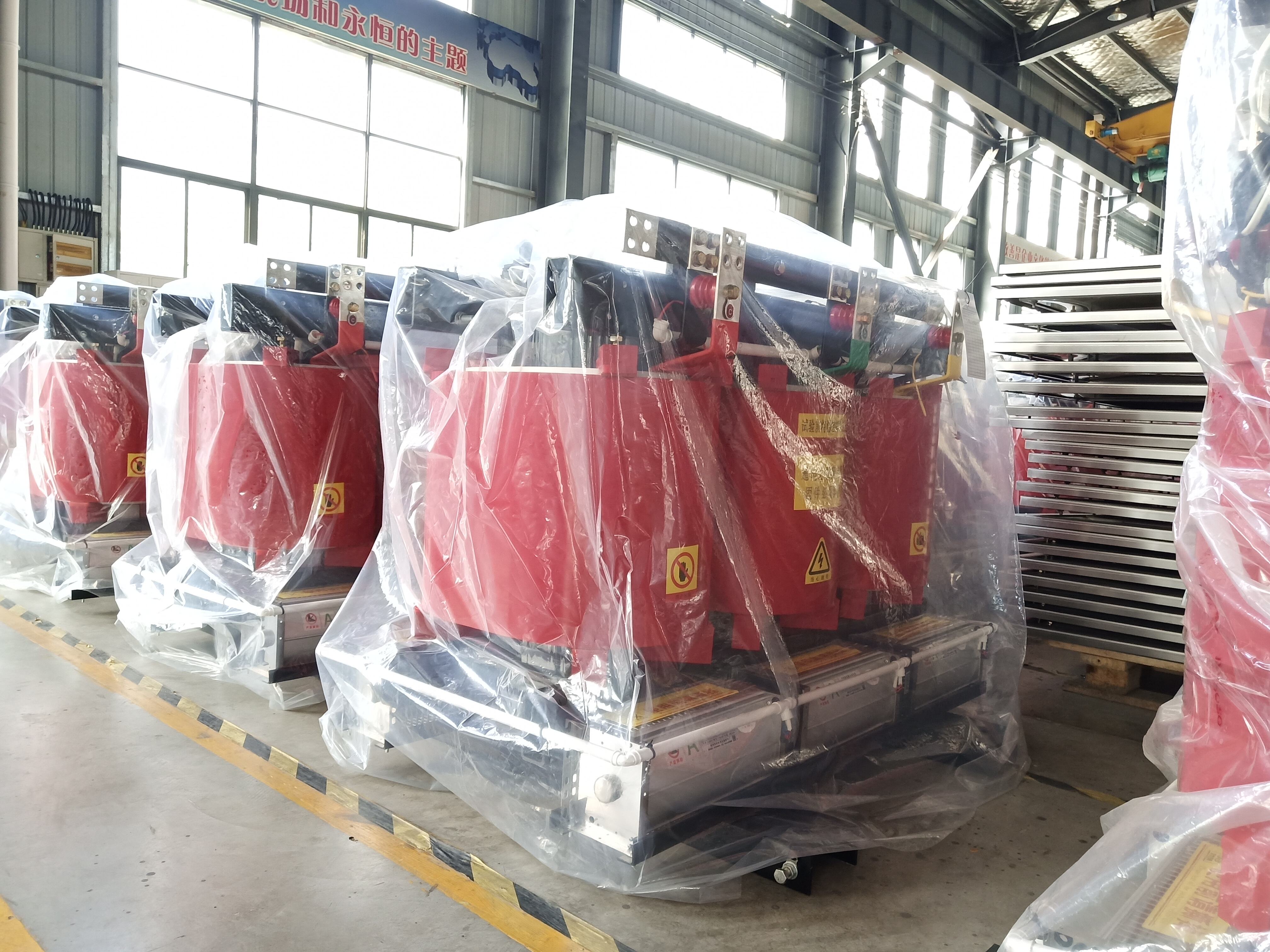auxiliary transformer in substation
An auxiliary transformer in substation plays a vital role in power distribution systems by providing essential power supply for various substation equipment and control systems. This specialized transformer converts the high voltage from the main power supply to lower voltage levels suitable for operating secondary systems within the substation. Operating typically at voltage ratings of 400V or 230V, auxiliary transformers ensure continuous and reliable power supply for critical components such as circuit breakers, protection relays, cooling fans, lighting systems, and monitoring equipment. These transformers are designed with robust insulation systems and feature advanced cooling mechanisms to maintain optimal performance under varying load conditions. They incorporate sophisticated protection features against overload, short circuits, and voltage fluctuations, ensuring the safety and reliability of substation operations. The auxiliary transformer's design prioritizes efficiency and minimal power losses, contributing to the overall energy efficiency of the substation. Modern auxiliary transformers often include advanced monitoring capabilities that enable real-time performance tracking and predictive maintenance scheduling. Their compact design optimizes space utilization within the substation while maintaining accessibility for maintenance and repairs. These transformers are built to withstand harsh environmental conditions and operate reliably in both indoor and outdoor installations, making them essential components in ensuring the continuous operation of power distribution infrastructure.


